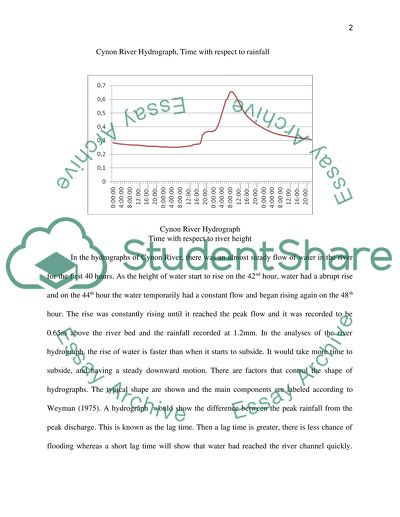Cite this document
(Storm Drainage Design Project and Flooding Assignment, n.d.)
Storm Drainage Design Project and Flooding Assignment. Retrieved from https://studentshare.org/engineering-and-construction/1521907-storm-drainage-design-project-and-flooding
Storm Drainage Design Project and Flooding Assignment. Retrieved from https://studentshare.org/engineering-and-construction/1521907-storm-drainage-design-project-and-flooding
(Storm Drainage Design Project and Flooding Assignment)
Storm Drainage Design Project and Flooding Assignment. https://studentshare.org/engineering-and-construction/1521907-storm-drainage-design-project-and-flooding.
Storm Drainage Design Project and Flooding Assignment. https://studentshare.org/engineering-and-construction/1521907-storm-drainage-design-project-and-flooding.
“Storm Drainage Design Project and Flooding Assignment”, n.d. https://studentshare.org/engineering-and-construction/1521907-storm-drainage-design-project-and-flooding.


